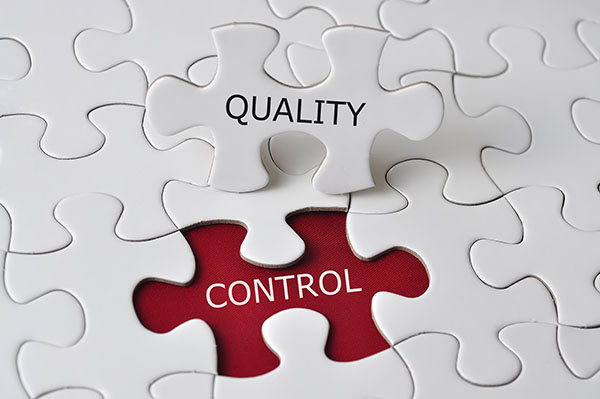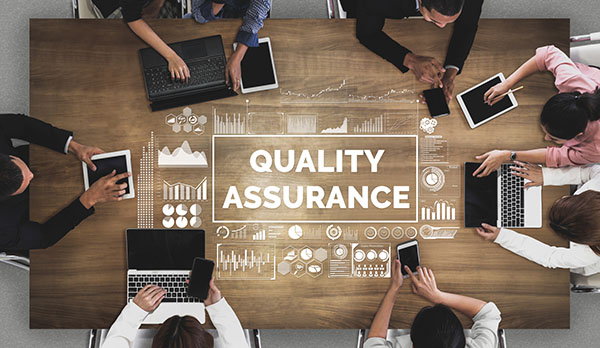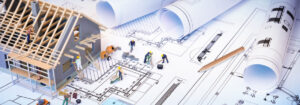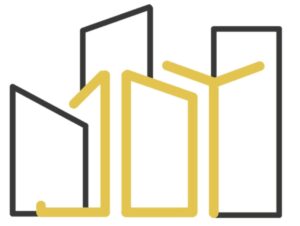Too often people use the terms Quality Assurance and Quality Control, commonly abbreviated QA/QC, interchangeably when they are, in practice, quite distinct aspects of the architectural/engineering process.
By definition:
- Quality Assurance: the maintenance of a desired level of quality in a service or product, especially by means of attention to every stage of the process of delivery or production.
- Quality Control: a procedure or set of procedures intended to ensure that a manufactured product or performed service adheres to a defined set of quality criteria or meets the requirements of the client or customer.
The process of QA/QC is something that varies widely throughout the industry; ranging from a cursory review of a set of construction documents prior to being issued, to an ongoing process that starts in the early phases of design, continues for the life of the project and culminates in an in-depth review prior to issuance. At EVstudio, we subscribe to the latter rather than the former end of the spectrum.

Quality Control, a process that tends to be a responsibility placed in the hands of a select few individuals, is the last line of defense against errors and omissions for architects and engineers. It is for this reason that it is often the process that is the focus of most architectural and engineering firms. Unfortunately, as QC reviews typically happen just prior to a set of construction documents being issued, it is often too little, too late. Even if QC reviews are performed at more project milestones, they are still often pitted directly against the project schedule when items are identified that need to be addressed, but for which the project schedule cannot accommodate the time necessary to do so. More often than not, the decision is made to address items found during QC reviews at the same time plan review comments are addressed, however, this carries with it the added risk of QC items being forgotten or missed entirely.

Quality Assurance, on the other hand, is the responsibility of every individual within a firm, and for that reason, it is inarguably, the far more important of the two. Throughout the course of an architectural project, the key to success, and producing a quality set of construction documents lies in multiple factors; not the least of which is personal ownership and follow-through.
From a project’s inception, it is crucial for each team member to understand how important a role they play in the Quality Assurance process. As the design takes shape, the process of documentation begins, in which tasks are identified and given to team members responsible for their completion. Taking ownership of a task is a personal investment in ensuring that the result will always be of the highest quality. Going beyond “just getting it done” it is this investment by each and every team member that assures a quality outcome.
Along with personal ownership comes the equally critical concept of follow-through. Successful completion of any task relies on maintaining a view of the bigger picture; an awareness of how the task at hand can impact or influence other tasks being performed and seeing that those impacts are fully understood and accounted for. Ultimately, it’s best for each team member to follow-through and addresses the identified impacts on other work themselves; however at a minimum, it is each team member’s responsibility to document, and most importantly, communicate the impacts to the rest of the team. Doing so will not only improve coordination of the documents, but it will also help to eliminate last-minute deadline scrambles to address these items as they are discovered during Quality Control reviews or ITR. Something to keep in mind is the adage “if you don’t have time to do it now, you’re going to have to take the time to do it later, so it’s best to make that time now.”
It cannot be overstated how important each team member is to Quality Assurance. The ultimate goal of everyone should always be the highest quality product possible. When Quality Assurance is done correctly, Quality Control becomes an afterthought.
Some may ask why producing quality documents is so important in the first place, and the simple answer is a professional responsibility. As architects and engineers, we are tasked with responsibility for protecting the health, safety, and welfare of the public through the buildings we create. The higher the quality of the documents we produce, the more accurately the intended building can be constructed; thereby improving the quality of the built environment and fulfilling that professional responsibility.
To learn more about our internal processes, please contact us for more information.










